Couldn't load pickup availability
This ring style can be made to accommodate a center stone of any size and quality to meet your desired budget.
All engagement rings available in 14k Yellow, White, Rose Gold, or Platinum.
This piece is made to order. Please allow at least 4-6 weeks for production.
The Elizabeth features a traditional basket setting and is one of our most timeless styles. Her simplicity and versatility allows you to pair her with any band. Whether you're resetting your existing diamond, or designing a new engagement ring, she will be the ring you treasure—always.
Enjoy one complimentary repair within six months for any manufacturing defects. Upgrade to our Kinn Concierge Service for extended coverage. Please note: normal variations including normal wear and tear, improper care, storage techniques or third-party modifications do not fall under our warranty.

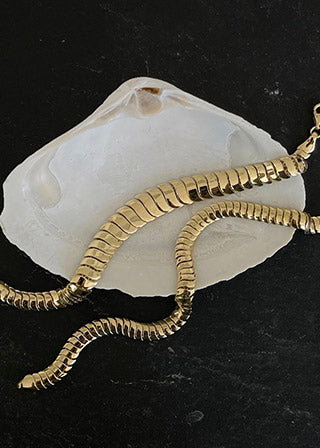

If you don't know your bracelet size, grab a tape measure, piece of string, or thin strip of paper. Wrap it around your desired wrist and mark the place where it joins. Lay it on a ruler to measure the length up to the mark in inches. Ensure there's space between the string and your skin for a finger or two. Use the chart above to match the measurement to the closest Kinn bracelet size.
We recommend sizing up for thicker bracelets, like the Bold Cobra Chain Bracelet, Mia Link Chain Bracelet, or Rome Bold Link Chain Bracelet.
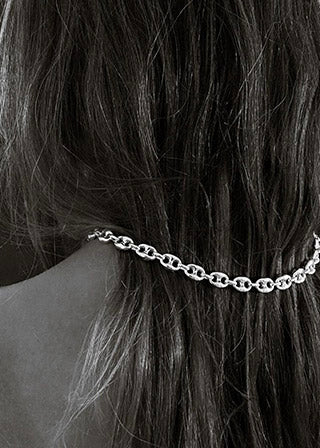
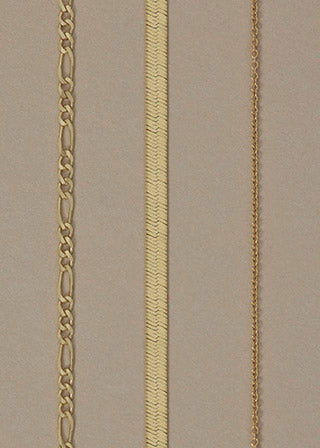

Finding the perfect necklace length(s) comes down to personal preference. If you're not sure what length you want, measure and cut a piece of string to the same length as the necklace and place it around your neck to see where it falls. Repeat the process to see how necklaces of difference lengths might look together.
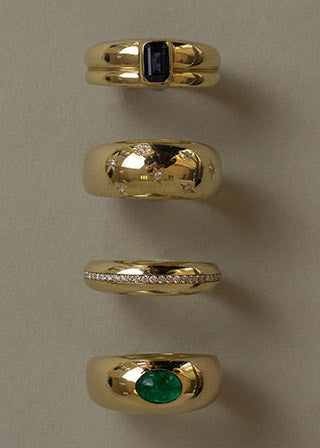
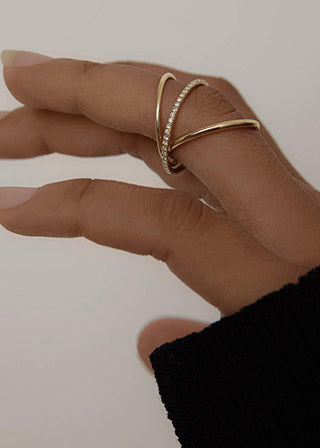
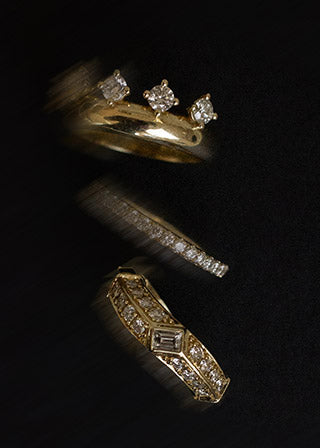
If you don't know your ring size, grab a tape measure, piece of string, or thin strip of paper. Wrap it around your desired finger and mark the place where it joins. Lay it on a ruler to measure the length up to the mark in millimeters (mm). Use the chart above to match the measurement to the closest Kinn ring size. Learn more about finding your ring size here.
Design your ring.
Please complete the form below. Once submitted, our Vow Concierge will reach out.
Understanding the 4Cs
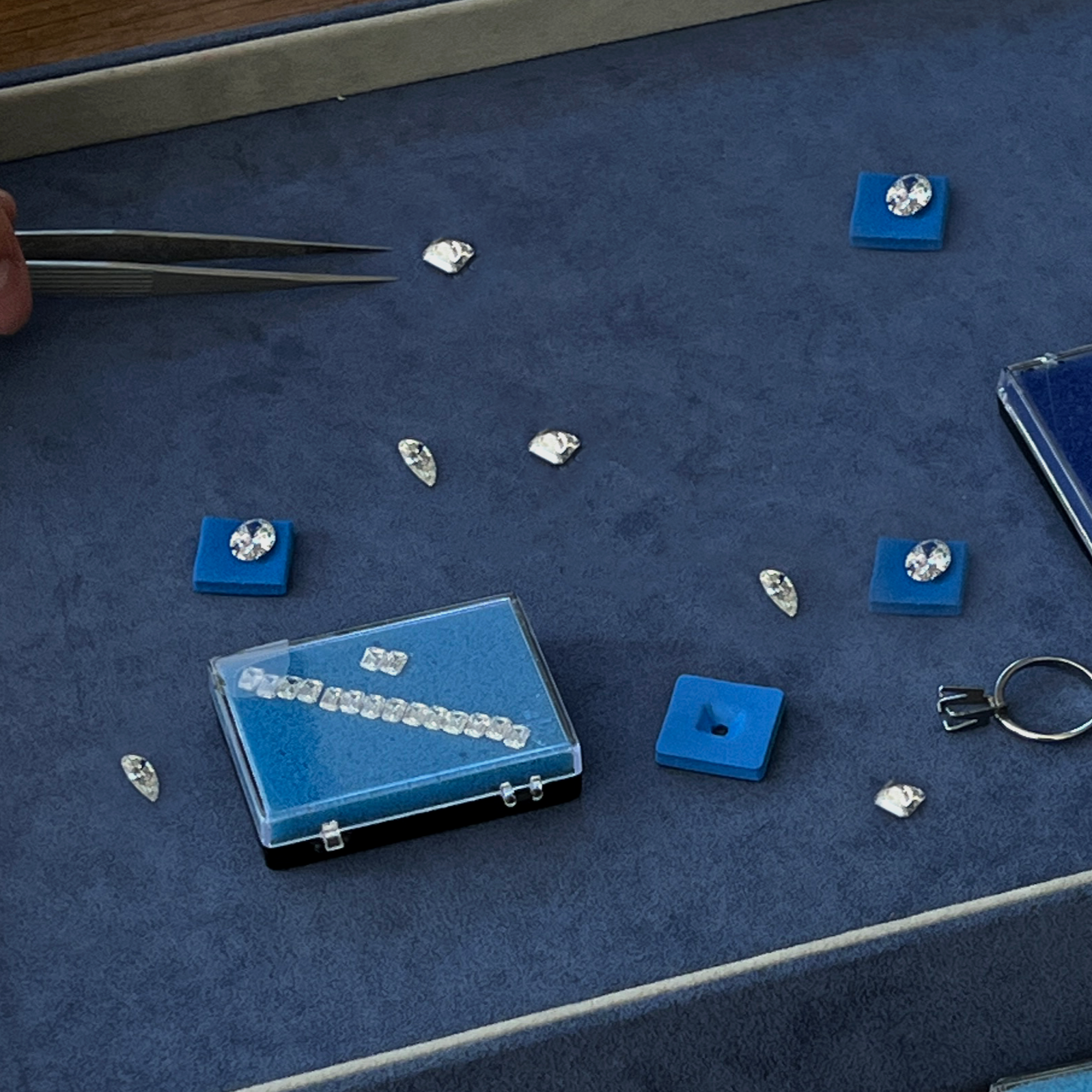
4 C’s
A carat weighs a fifth of a gram and is divided into 100 points, making precision in measurement essential to defining a diamond's actual weight for accurate diamond valuation.
While carat size is visually striking, a diamond’s true worth extends beyond mere size. It’s a balance of size with color, clarity, and cut.
Total carat weight (often abbreviated ‘ctw’) combines the weight of all diamonds in a piece, offering a comprehensive measure of its diamond content and value.
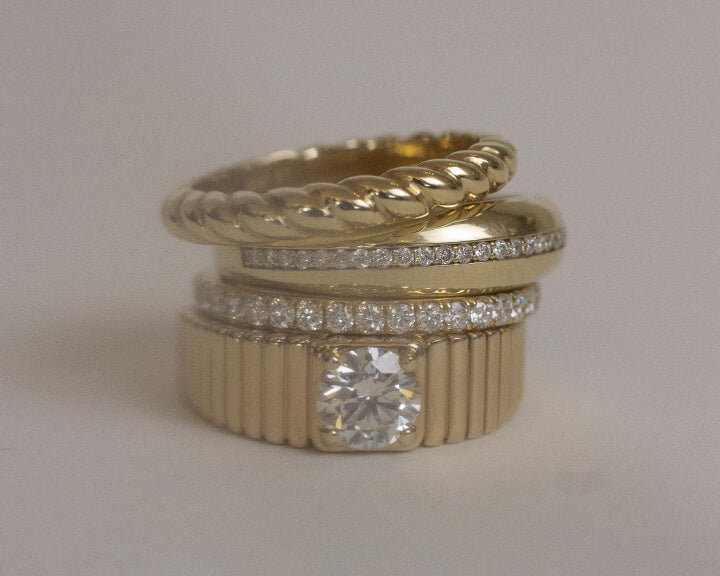
4C's
Color dictates a diamond's purity and rarity, with the colorless spectrum being the most sought-after for its clarity. Color significantly impacts a diamond's overall quality and desirability.
A diamond's shape can influence the perception of its color, with some shapes accentuating or concealing hues.
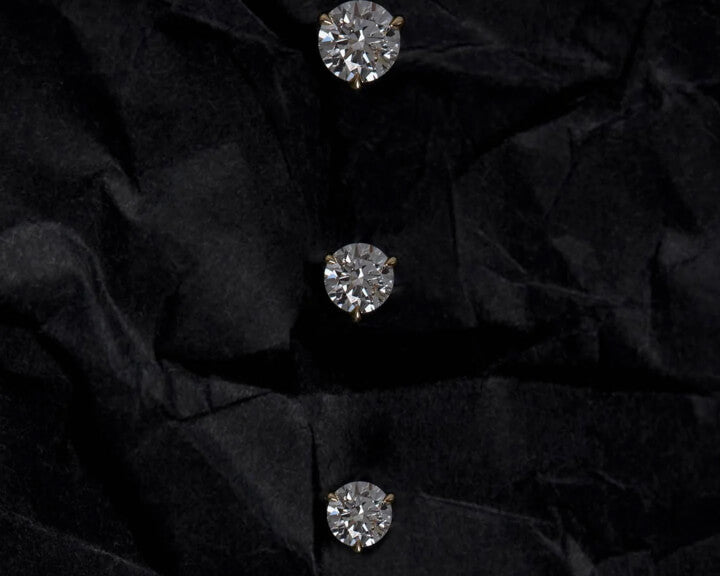
4C's
Natural inclusions, ranging from crystals or air pockets, form the unique internal landscape of a diamond, impacting its clarity and character.
Through examination under magnification, clarity grading categorizes diamonds from flawless to visibly included.
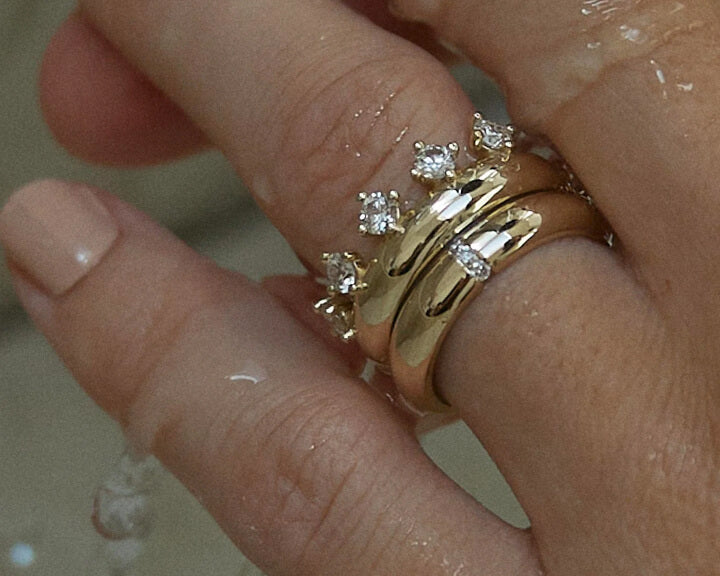
4C's
Diamond proportions determine how a diamond interacts with light, both reflecting and refracting—a well-proportioned diamond balances light and dark areas, enhancing the stone's overall brilliance and fire.
Symmetry in diamonds refers to the precise alignment and placement of its facets (light-reflecting surface). Superior symmetry creates a balanced and captivating sparkle in each gem.
The polish of a diamond affects its shine and clarity. A high-quality polish assures the diamond's surface is smooth and flawless, maximizing its light reflection.
A diamond's cut grade, ranging from poor to ideal, assesses the stone's proportions, symmetry, and polish. Grading determines how effectively it interacts with light to reveal its ultimate brilliance and fire.

GIA LAB CLASSIFICATION

GIA LAB CLASSIFICATION










